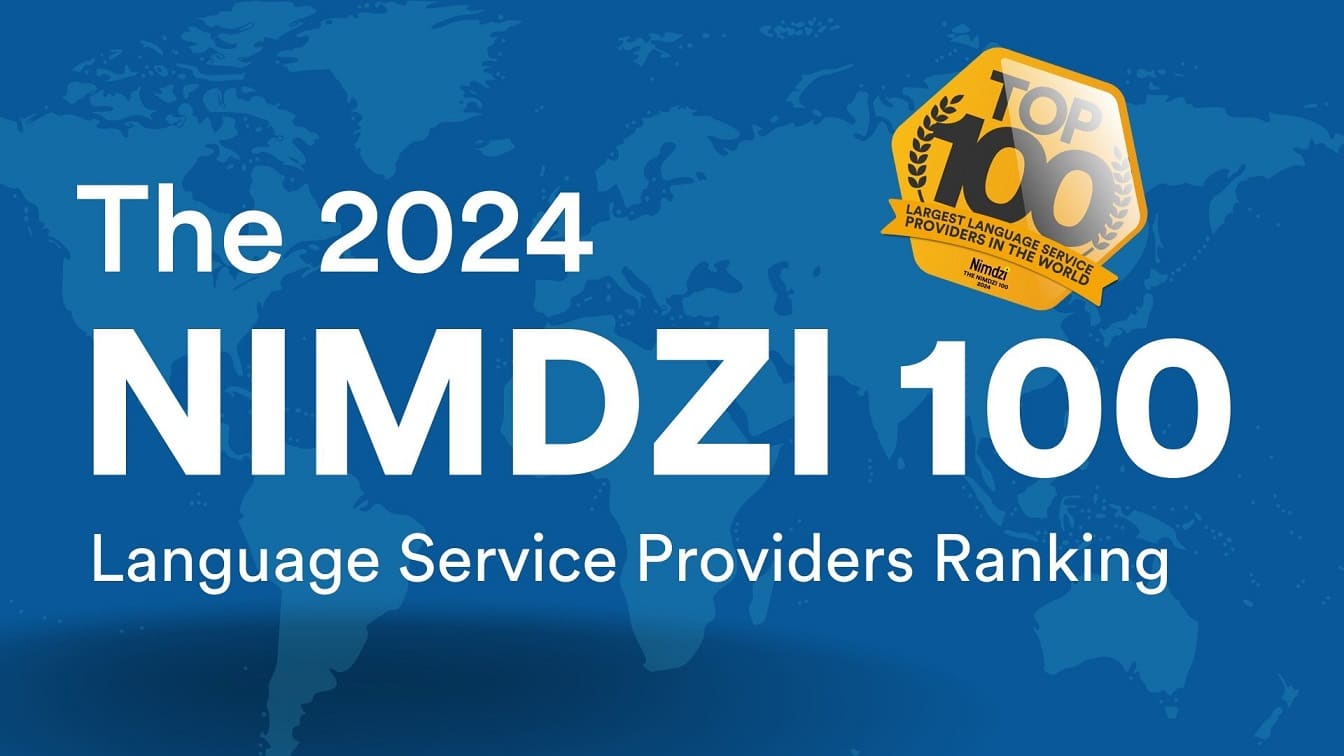Many institutions are now turning to data to address challenges in education, like the 2.7% decrease in enrollment rates. Schools like Penn State University are placing greater value in data to collect information. These universities use data to confront enrollment issues along with other sources of concern like campus life and course engagement.
There’s been a 66% increase in data requests by education leaders. Such requests indicate more institutions are turning to data to understand the challenges and factors driving student and employee success. Now, data is a key asset in education, providing leaders with greater insight as they make decisions on what solutions they need to respond to student and faculty challenges.
Data points relevant to educational institutions
The collection of data helps inform leaders’ decisions on crucial policies, allowing them to flag important issues and use metrics to act more effectively. Information from online courses, teaching and learning activities and feedback reports can all support research and raise awareness around issues affecting those in your community, including students, faculty and staff. Educators who aren’t tracking the following metrics are putting themselves at a disadvantage:
- Student Data: Student demographics like age and gender, full-time or part-time status, whether learners are taking the majority of classes in-person, in hybrid settings or online, video completion rates, site visits and more
- Academic Data: Enrollment rates, final semester grades and graduation rates by institution, program and major
- Staff and Faculty Data: Employee demographics by age, ethnicity and additional factors, salaries across different roles and staff productivity levels

Drawing on data to improve student success & retention
These are some of the ways that university and college leaders are tapping into data to inform policy decisions and response protocols to address student engagement and retention:
Collecting Data Through Student Surveys
Leaders at the University of Connecticut designed a 60-second survey that students must periodically complete when logging into the campus’ application Nexus. University leaders are using this data to keep better track of student performance and satisfaction levels. For example, the data also helps identify those who are at risk, stressed or struggling to keep up. “If students say, ‘I’m thinking about leaving,’ we provide targeted outreach to those students,” the university’s Vice Provost of Academic Success reported to EdTech. “If students haven’t found a community, we tell them, ‘Here are groups you can connect to’ or ‘Here are a couple of ideas you may consider.’”
Improving Classroom Engagement
Data is also helping educators address students’ learning and engagement needs. Teachers in schools with data-focused programs report that having access to data improves instruction significantly. Leaders who are monitoring this data are using it to track classroom engagement. By identifying struggling students, they can provide them the tools they need to succeed. “With the right data and software program, institutions can set up an alert system that notifies a student’s advisor if they are failing their classes,” North Carolina State University professor Stephen Porter reported to Precision Campus. “The advisor can then intervene and try to find a solution, which is a much more proactive approach compared to just letting a student fall through the cracks.”
Tracking Course Delivery and Availability
Other schools like, Santa Barbara City College, are using data analytics to keep track of their course availability. The data they are gathering helps them record the number of classes and the dates and times they occur. This tracking has allowed the college to identify and grow its number of evening classes. These additional options help accommodate students who are unable to learn on a traditional schedule. For instance, part-time learners and those with additional commitments like employment or childcare may require flexible course offerings.

Putting data into action to support faculty & staff
Leaders and hiring professionals from schools are leveraging data to address employee needs and implement processes that attract new candidates. They’re using data to support faculty and staff in these ways:
Attracting New Candidates with Salary Data
Leaders at the University of Texas at Austin are employing data in commendable ways. For instance, they’re using it to provide hiring managers with useful information about salaries. This data helps them better engage the 74% of candidates who actively look for salary information in job postings. The data from this type of research also helps hiring institutions offer interested candidates more attractive, fair and competitive salaries. Additionally, other schools, like the University of Virginia, are adding captioning to their video interviews to better attract and include potential candidates with disabilities.
Sourcing Intel on Employee Needs
School leaders at the University of California source intel to improve and address employee needs via annual Employee Engagement Surveys. Research indicates that engaging faculty and staff with surveys like these can increase employee productivity by 38%.
Addressing Employee Retention
At UC, leaders also made use of data from their surveys to look into decreasing retention rates among employees. Their 2021 report revealed a decline in retention rates in 2021. Armed with that information, they were able to develop a plan to address the highest areas of employee dissatisfaction promptly.
Improving Faculty Meetings, Trainings and Videos
Data is also being used by leaders to track engagement levels and facilitate more effective meetings between staff and faculty. To improve meeting and video communications, schools are using captioning. With this solution, they can deliver accessibility, not just to students, but to staff and faculty members too. Boston University is one school that is adding captioning to its video, including for content like employee training videos. The transcripts from captions are useful for record-keeping purposes.
Additionally, captions help staff and faculty better engage with video as they lead to longer watch times. Plus, adding captioning to videos is helping leaders increase the searchability of their video content. Video alone isn’t crawlable by search engine bots, but transcripts are. As a result, adding them to public videos is helping leaders increase their school’s website SEO. This approach allows them to attract more of the potential students who are searching for them online.

Take advantage of data to make informed decisions
Institutions that are investing time in sourcing and collecting information are greatly benefiting from data analysis. For instance, data is helping them make smarter decisions that deliver actionable change for their schools and community. Already, leaders are using data to become more aware of issues in education. The next best step is harnessing that data to make use of technologies that help address enrollment and engagement challenges.
Verbit is one provider offering technologies like closed captioning and transcription. These solutions help schools like the University of Arizona, George Washington University and Princeton University offer interactive and engaging experiences to students, faculty and staff. Contact us to learn more about how our technologies can help support your school’s retention efforts.




